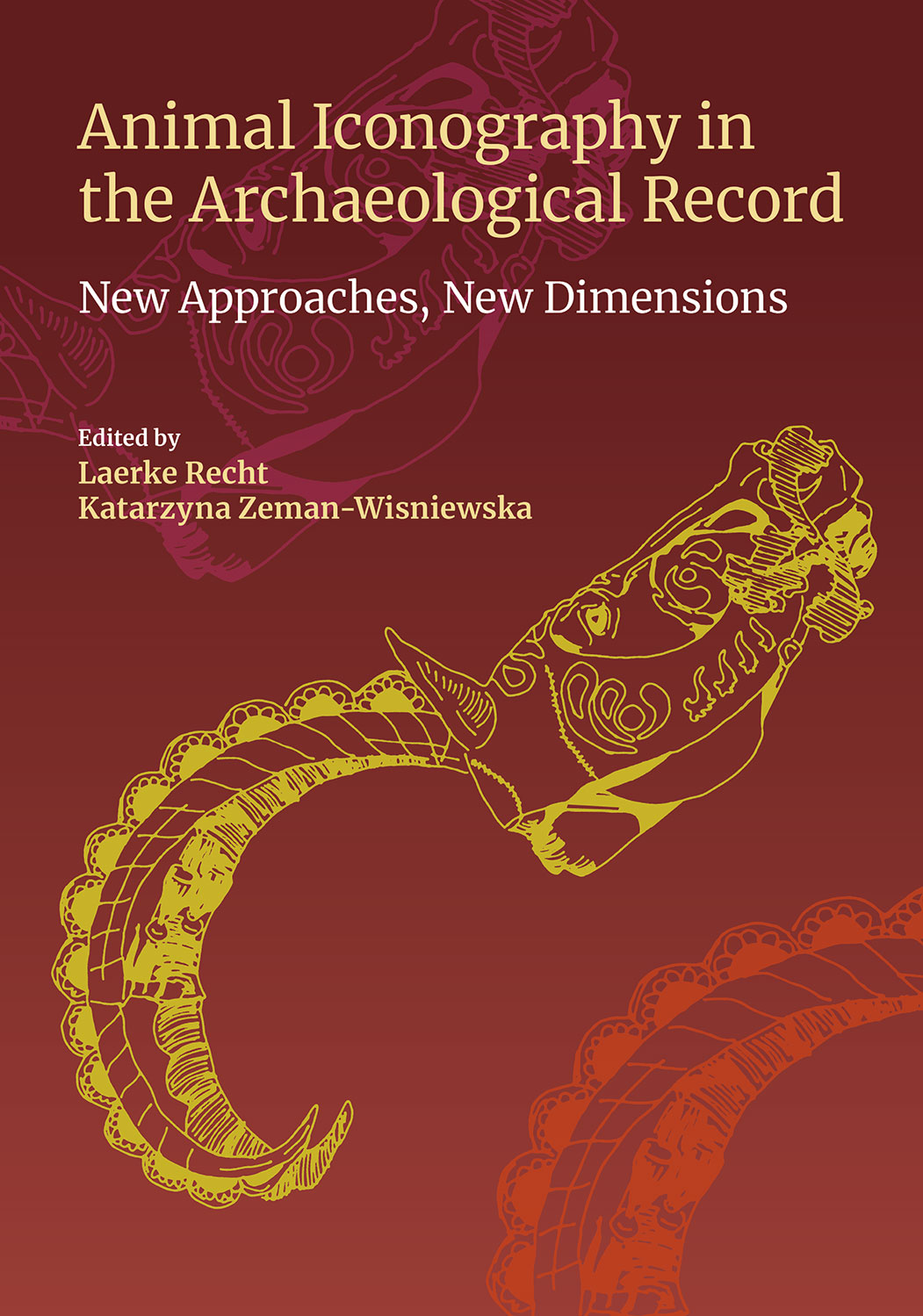Neolithic Vessels with Animal Characteristics: Modifications of Material as Negotiations of Clay Bodyscapes
Animal Iconography in the Archaeological Record - New Approaches, New Dimensions - Laerke Recht
Evangelia Voulgari [+]
Aristotle University of Thessaloniki
Description
Based on the analysis of Late Neolithic pottery from Dispilio, northern Greece, this chapter aims to shed light on the social significance of vessels decorated or shaped with animal characteristics. A variety of such vessels occur in the ceramic assemblage of this lakeside settlement, and among them is a remarkable number of so-called ‘rhyta’, which is a peculiar type of shallow, slanted vessel on four legs and with large vertical handles. Their enigmatic form and territorial spread (from southern Greece through Albania to northern Italy, to Lipari and the Aeolian Islands, and to Kosovo and central Bosnia) have puzzled many researchers and led to a number of theories. The Dispilio assemblage provides the opportunity of examining these peculiar vessels along with other zoomorphic, anthropomorphic and ‘x-morphic’ representations. Using the vessels with animal characteristics as a baseline, I shall attempt to propose an alternative approach, seeing the surface of the vessels as the contact zones between humans, things and animals, where exchanges take place through representation. These zones of interaction, where the boundaries of worlds jostle each other, are considered the outcome of negotiations of bodyscapes – distinguished from the flesh and blood they seek to imitate and framed by human intention, in order to either transgress or to emphasise the dichotomies of human-animal, animate-inanimate.






